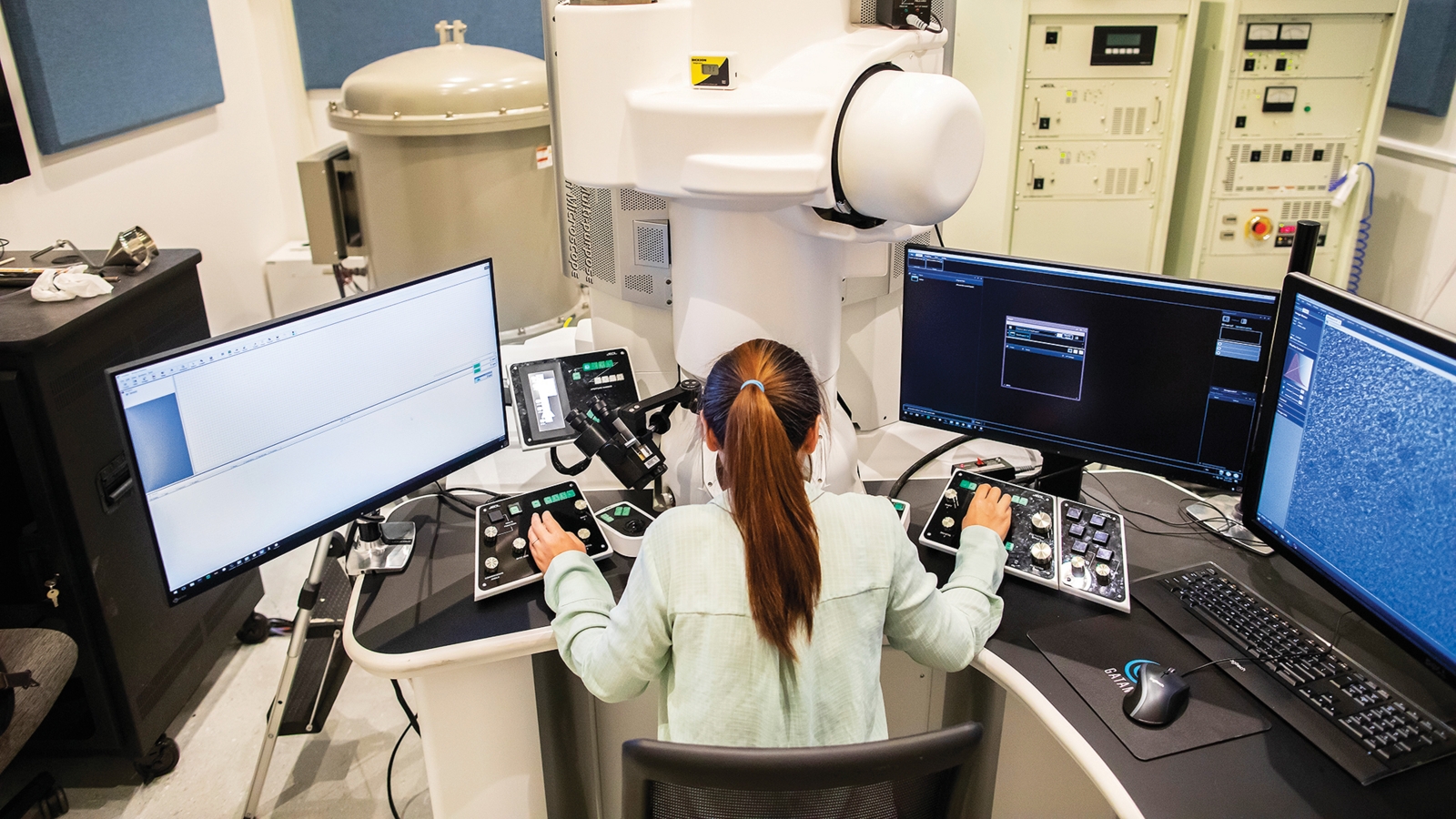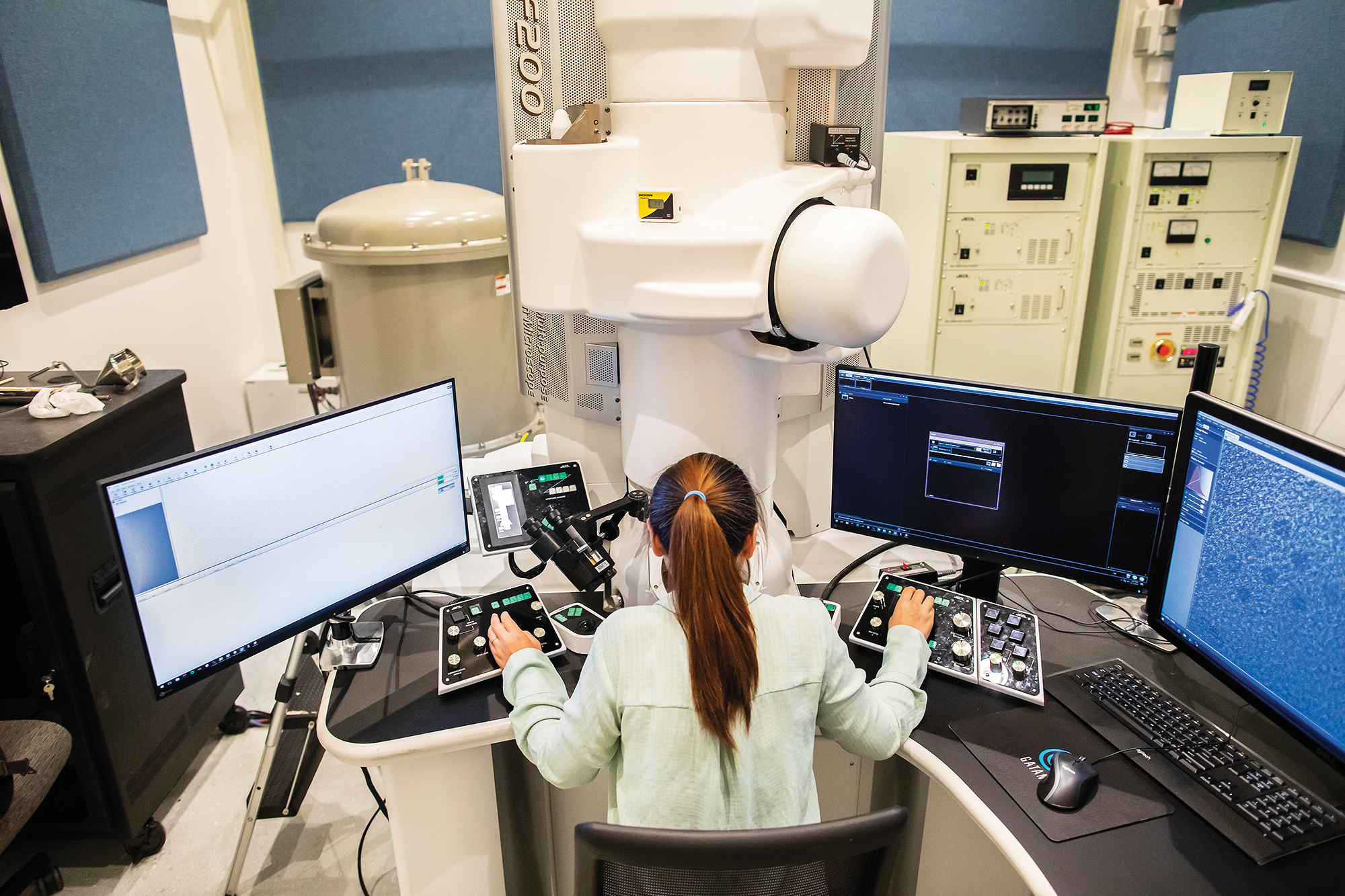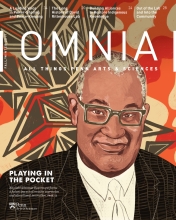Researchers Think Small to Make Progress Toward Better Fuel Cells
Jennifer Lee, chemistry graduate student, shows how custom-designed nanomaterials can make fuel cells more efficient.

Fuel cells, which convert chemical energy into electrical power, may be a solution for renewable energy storage. But before fuel cells can be widely used, chemists and engineers need to find ways to make this technology more cost-effective and stable for long-term use.
A new publication, led by chemistry graduate student Jennifer Lee, shows how custom-designed nanomaterials can be used to address these challenges. Published in ACS Applied Materials & Interfaces, the research demonstrates how a fuel cell can be built from cheaper, more widely available metals using an atomic-level design that also gives the material long-term stability.
The reaction that powers fuel cells relies on the movement of ions between a negative anode and a positive cathode. In the study, which was supported by the U.S. Department of Energy Fuel Cell Technology Office, Lee focused on creating a new material for the cathode of a specific type of fuel cell. “The cathode is more of a problem, because the materials are either platinum or platinum-based, which are expensive and have slower reaction rates,” she says. “Designing the catalyst for the cathode is the main focus of designing a good fuel cell.”
Fuel cell catalysts are typically made of precious metals such as platinum, and Lee’s approach for making a more efficient and cost-effective catalyst was to design a material that had platinum at the surface, where the chemical reaction occurs, while using more common metals, such as cobalt, in the bulk to provide stability and structure. By controlling exactly where each atom sat in the catalyst and locking the structure in place, the cathode catalyst was able to work for longer periods than when the atoms were arranged randomly.
Through this work, Lee also learned first-hand how chemistry research directly connects to real-world challenges. She presented her findings at the International Precious Metals Institute conference and says that meeting members of the precious-metals community was enlightening. “There are companies looking at fuel-cell technology and talking about the newest design of the fuel-cell cars,” she says. “You get to interact with people that think of your project from different perspectives.”




